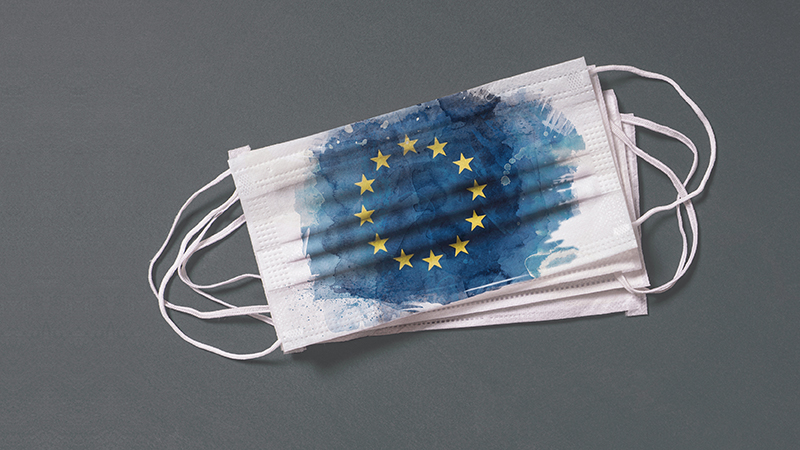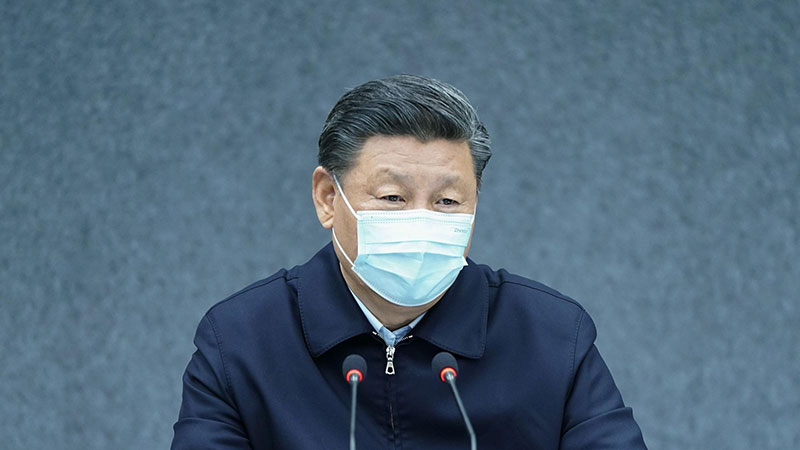New round of the trade dispute has started

The trade dispute initiated by US President Trump entered its next round last Friday as he imposed a 25% import tax on Chinese goods worth USD 34 bn. China immediately announced it would retaliate by levying tariffs on an equal amount of US imports.
These events constitute a new step in the trade disputes, which started when – at this year’s Davos summit – Donald Trump unveiled the new US doctrine of creating a “level playing field” between the US and its trading partners. His intentions were to renegotiate existing trade agreements, which had been implemented decades ago, and create more reciprocity on trade (the US is by far the most open large economy in the world) by applying the same rules to US companies wanting to do business abroad as to foreign companies wanting to do business in the US. After initial outrage, China announced it would consider removing caps on foreign ownership of Chinese companies and reducing import tariffs on auto imports.
So why did the trade tensions escalate last Friday?
The answer lies in the midterm elections, which will be held early November. Most polls suggest that the Democrats will take over the majority in Congress from the Republicans. This would significantly weaken Trump’s decision-making powers and would also pave the way for a potential impeachment, as it needs to be initiated by Congress, which would be highly unlikely under a Republican majority. Mr. Trump is therefore under pressure to show results quickly. A partial victory on trade, for instance by opening further the access to the Chinese market for US companies, would provide a welcome boost to his popularity ahead of the midterm election. Yet, at the current pace of negotiations, it is unlikely that a substantial result will be achieved in time for the mid-term elections – hence Trump’s decision to speed up the process by moving from rhetoric into action last Friday.
Where do we go from here?
There are now two distinct scenarios:
- The first one is that Trump’s imposition of tariffs succeeds in accelerating the renegotiations on trade with US trading partners and that other economies become more open for trade. If this happens, far from being hindered, global trade would only be accelerated, which would provide a boost to global economic growth.
- The second scenario is much more dire. If no agreement can be found and countries decide to erect longer-term trade barriers, then global trade will take a substantial hit. This would have adverse consequences for global economic growth and hit corporate profits. Lower corporate profits would in turn reduce investment spending by companies, investment returns for investors and tax income for governments, which would slow the economy further. For consumers, higher trade barriers would mean higher prices and therefore lower purchasing power. This in turn would reduce consumer spending, leading to further hits in corporate profits and ultimately higher unemployment rates.
Contrary to Mr. Trump’s belief, there are no winners and losers but only losers (including him) in a global trade war. Therefore, the second scenario needs to be avoided at all costs, as it constitutes by far the single biggest risk to the world economy. Should reason prevail – politicians will opt for the first scenario and start negotiating new trade agreements in the very near future.
The CIO Weekly Thoughts focus and reflect on key topics which caught Lars Kalbreier's attention during the week. It is basically a free expression of opinion to trigger healthy debates amongst readers and by no means intended to be a strategy review.









